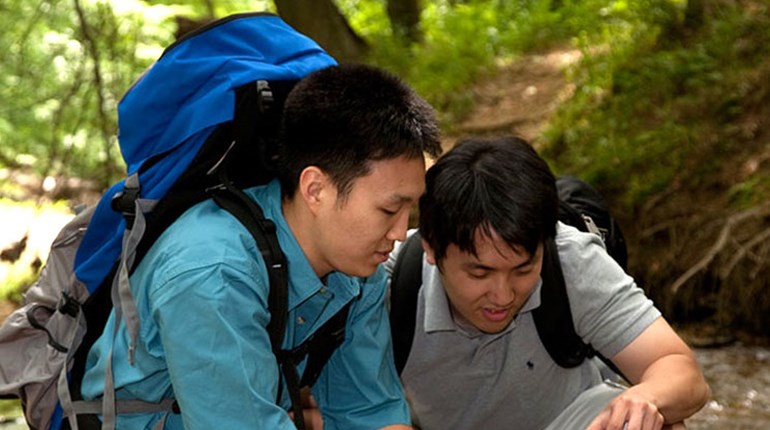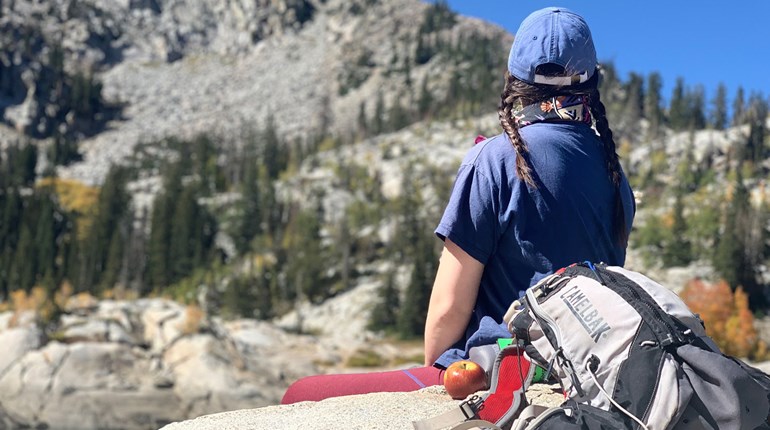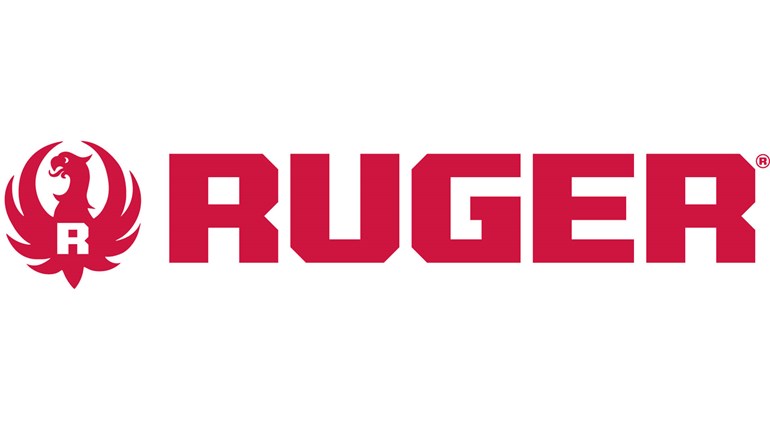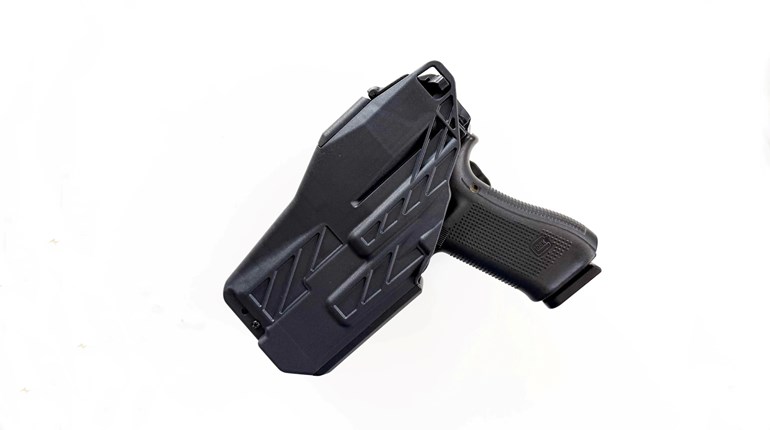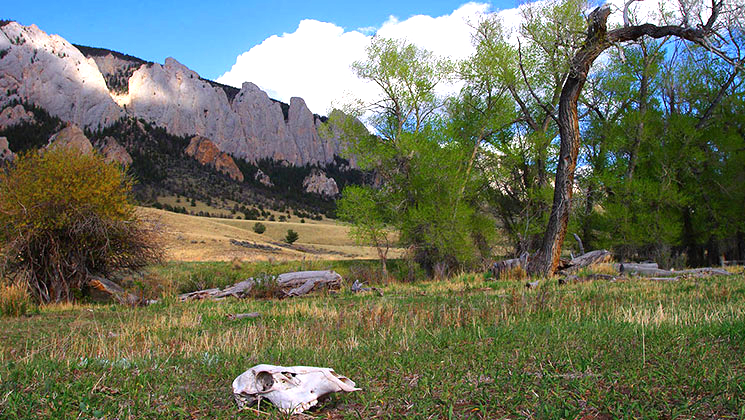
Firearm enthusiasts are dedicated to safety, and it's a rarity when they don't have a medical kit in their range bag, vehicle or both. The odds are good you do, too, but will it be with you on every summer outing this year-and do you really know how to use it?
If you're passionate about the outdoors, then the odds are good you have a camping trip, fishing excursion, or perhaps a week at the beach on your schedule this year. They may be vastly different pursuits, but they have at least one thing in common-accidents happen.
That's why you should always bring a good first-aid kit, even when trigger time isn't on the schedule. There's no need to invest in an advanced kit with items you don't know how to use, but a generous supply of Band-Aids, gauze, Benadryl, lip balm, Moleskin, pain reliever, 4x4s, etc., will be a great comfort as you and your loved ones endure the variety of bumps and bruises Mother Nature likes to dish out.
If you build a kit, make sure all the gear is stored in a single pouch or box. That'll help ensure things remain untorn, sterile and in one easy-to-find place.
Adventure Medical Kits produces some very good, commercially available kits. It's hard to miss their bright-red soft-sided bags, and they come in a variety of sizes. The Trauma Kit from TMS Outdoors is my personal favorite. Five former Green Berets founded the company, so it's chock full of combat-proven, leak-stopping gear, including one of those speedy tourniquets that have saved so many lives in the War on Terrorism. It's small, and molle on the back allows it to affix to your gear.
First aid and shooting have a lot more in common than you think. The parallels became obvious during my search-and-rescue career.
“Smooth is fast” is often quoted by good handgun instructors to remind some students to slow down-speed should only be increased when all the skills are mastered and second nature. A trained first responder at a traffic accident nearly always walks (not runs) to the vehicle, executing his own series of mental moves before he gets there.
He or she is smelling for gasoline, looking for smoke, ascertaining whether oncoming traffic presents a danger, and more. It's probably frustrating for people who witness that methodical pace, but if the first-aider or EMT gets hurt, then there are two victims, possibly one of them dead. Similarly, get that gun hung up on a coat or belt during the draw and it can be disastrous.
Slowing down is good advice in everything we do, but there are two other facets that play a role in whether you're going to excel on the firing line or when rendering first aid. Mental composure is a big. Long-distance shooters concentrate on their breathing and remain calm, delivering the shot only when the time is right. First responders maintain a composed and reassuring demeanor, regardless of the situation's gravity, to reduce the chances a victim will go into shock.
Practice makes perfect. You're polishing your skills, increasing your knowledge and gaining confidence every time you go to the range. The same approach works with first aid. You already have the core skills, probably all the gear, too, so why not find a class, enroll and practice? Smooth is fast, but when a loved one has sprung a leak, it's no time to read the manual. Do it beforehand, and enroll in a first-aid class with the American Red Cross or any of the other reputable courses you'll find junior colleges, community centers and even shooting ranges near you.
If you enjoyed this article, you may like this one as well.
Image by author













